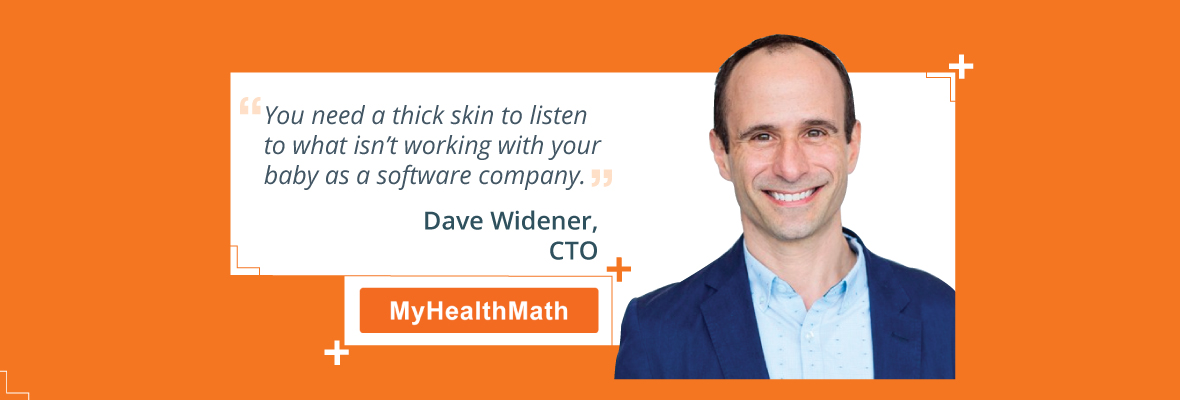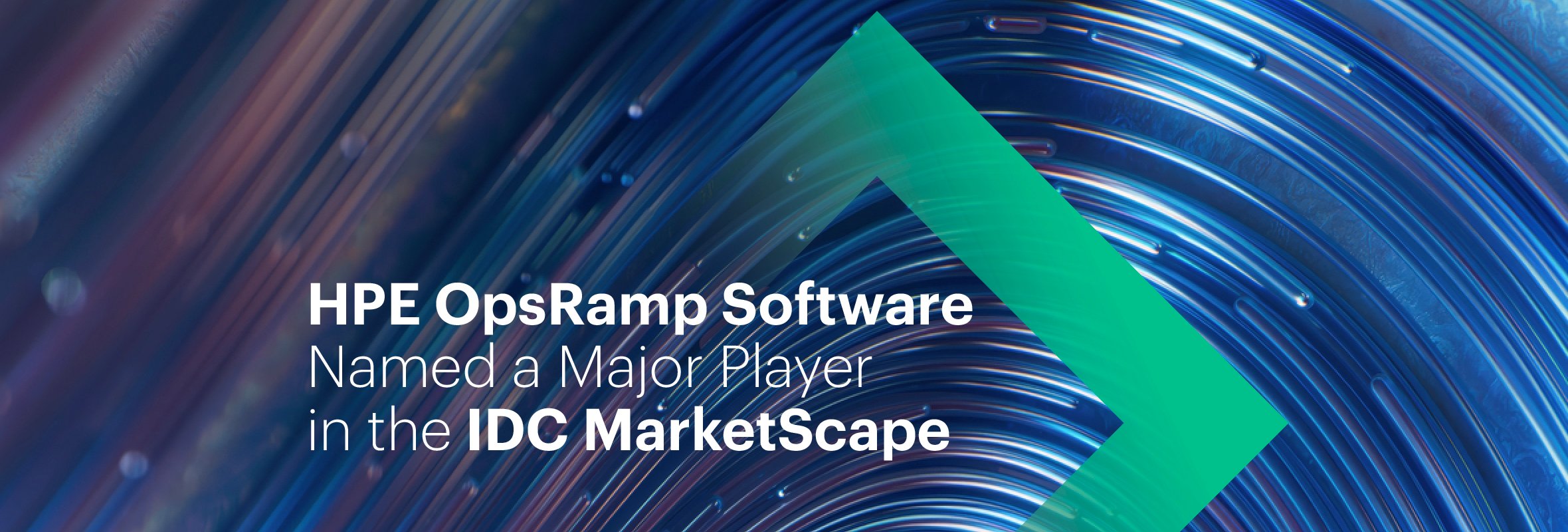Dave Widener is CTO of MyHealthMath, a provider of health plan decision support tools which simplify every aspect of open enrollment. Widener is executive leader for the company's entire technology function including R&D, strategic planning, cybersecurity, and technical product execution. Widener’s career encompasses IT management and leadership roles in the energy, life sciences, consumer products and banking sectors.
OpsRamp: Tell us how your strategy may have changed this year during the global pandemic?
DW: We do health plan optimization through our analytics tools. Most of our customers are in cost containment mode so the first temptation is to not do anything, but our solution optimizes healthcare spend. Once we continue the dialogue, we’ve actually seen an uptick in interest because of the cost savings potential and with the unfortunate reality of employees losing jobs and having to navigate their next plan.
OpsRamp: What are some of the unique challenges of being a CTO at a healthcare startup – certainly security and privacy—but also customer expectations for digital experience?
DW: Because we have to follow HIPAA requirements in that our solutions handle protected health information (PHI), we have to move fast, but can’t move too fast as a startup and forget our core mandate of data privacy. We have to think about security and privacy in all we do. The health insurance industry can be very opaque and confusing. It needs revolution. So we put in a lot of effort to make it very simple and transparent for users. But we need to make the process faster because our customers are demanding that. We’re adopting machine learning technologies to improve this. Historically, it’s taken 72 hours to get recommendations but now we are at same-day and next year, it will be in real time. We are accomplishing this using Microsoft analytics and machine learning technologies and contract data scientists, with the goal of furthering machine learning to speed up the cycle time for the analysis. We also see machine learning being used to automate the quality control process over time.
Our products are hosted in the cloud, on AWS and Azure, but we have decided to go all in with Azure. We think you need to have a compelling reason for a multi-cloud environment".
OpsRamp: How about the infrastructure behind your products. Can you describe your cloud model and how it’s evolving?
DW: We have an online portal for customers to submit their information and then we deliver results by email. We are now building out a SaaS solution which will launch in 2021. Our products are hosted in the cloud, on AWS and Azure, but we have decided to go all in with Azure. We think you need to have a compelling reason for a multi-cloud environment. For us, Azure has consistent technologies that work well together and Microsoft has deep and wide channels for ISV customers plus we have more skills in Microsoft technologies. Azure is now also in line with AWS on pricing.
OpsRamp: How are you ensuring high performance and stability in a cloud-based delivery model?
DW: We are 100% in cloud for our customer products as well as for our internal operations. We work with GreenPages to fully manage our cloud environment. As the CTO (who is also by default the CIO and CISO) I am totally focused on customer value, but can’t forget my other core responsibilities. I really don’t have time to manage the infrastructure well, however. GreenPages, which uses OpsRamp, has insight into everything that we are running. We used to do all of this internally, but it’s a matter of focus. We can’t be really good at IT operations and also really good at product development and delivery. We also use Microsoft security and compliance tools which come with Microsoft 365, but I’m looking at moving to a managed security solution. We’ve already moved the NOC outside of the company, so I think moving the SOC externally is the logical next step.
OpsRamp: Any other best practices for delivering great end user experiences to your customers?
DW: User experience is so critical. You need a thick skin to listen to what isn’t working with your baby as a software company. We use the traditional practices of help desk and email for feedback, but we’re looking at more automation such as with chat bots which can help a customer get to an agent faster.
The white glove experience, which is the traditional old school way of delivering support, is still important but when augmented with automation it can be much more scalable".
We conduct a lot of focus groups with healthcare brokers, insurers and employers and listen intently to what the product isn’t doing. You have aspirational leaders at a startup who have a compelling idea, but customers will tell us how to deploy it in the right way. The trick is to listen more and react less.
OpsRamp: Any closing comments on your work and meeting customer needs?
DW: I started my career in IT at a startup and now two decades later I am back at a startup and I am having a lot of fun. I will say that in a startup, you really do need partnerships like we have with GreenPages and OpsRamp. We can’t do what we need to do without delegating key operational activities to trusted partners. I know that things are going well when it’s quiet because in cloud operations, no news is good news. When we aren’t getting a lot of alerts, that’s a good thing. I also would like to spend more time using OpsRamp for insights into the future which will help me plan my next steps.





